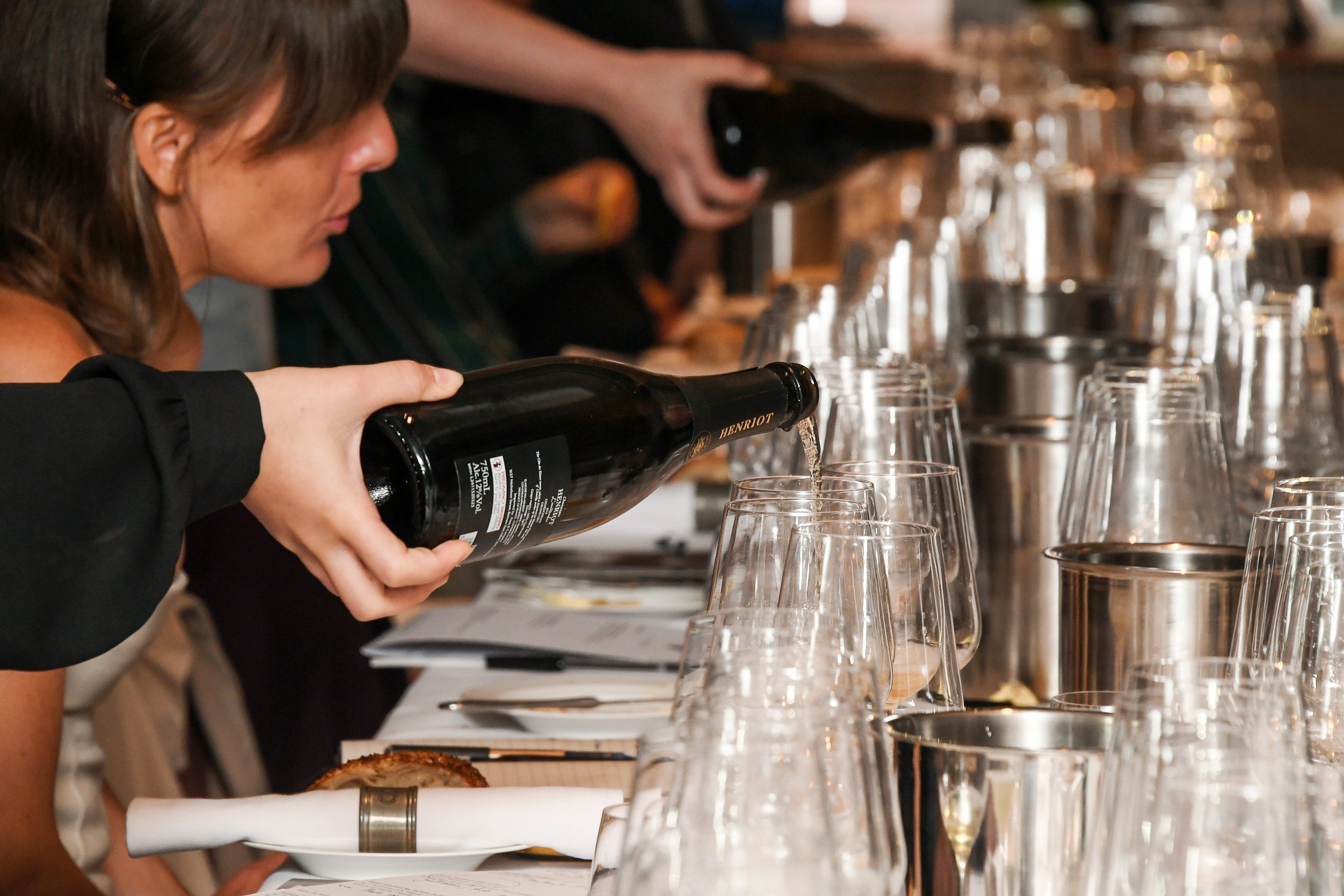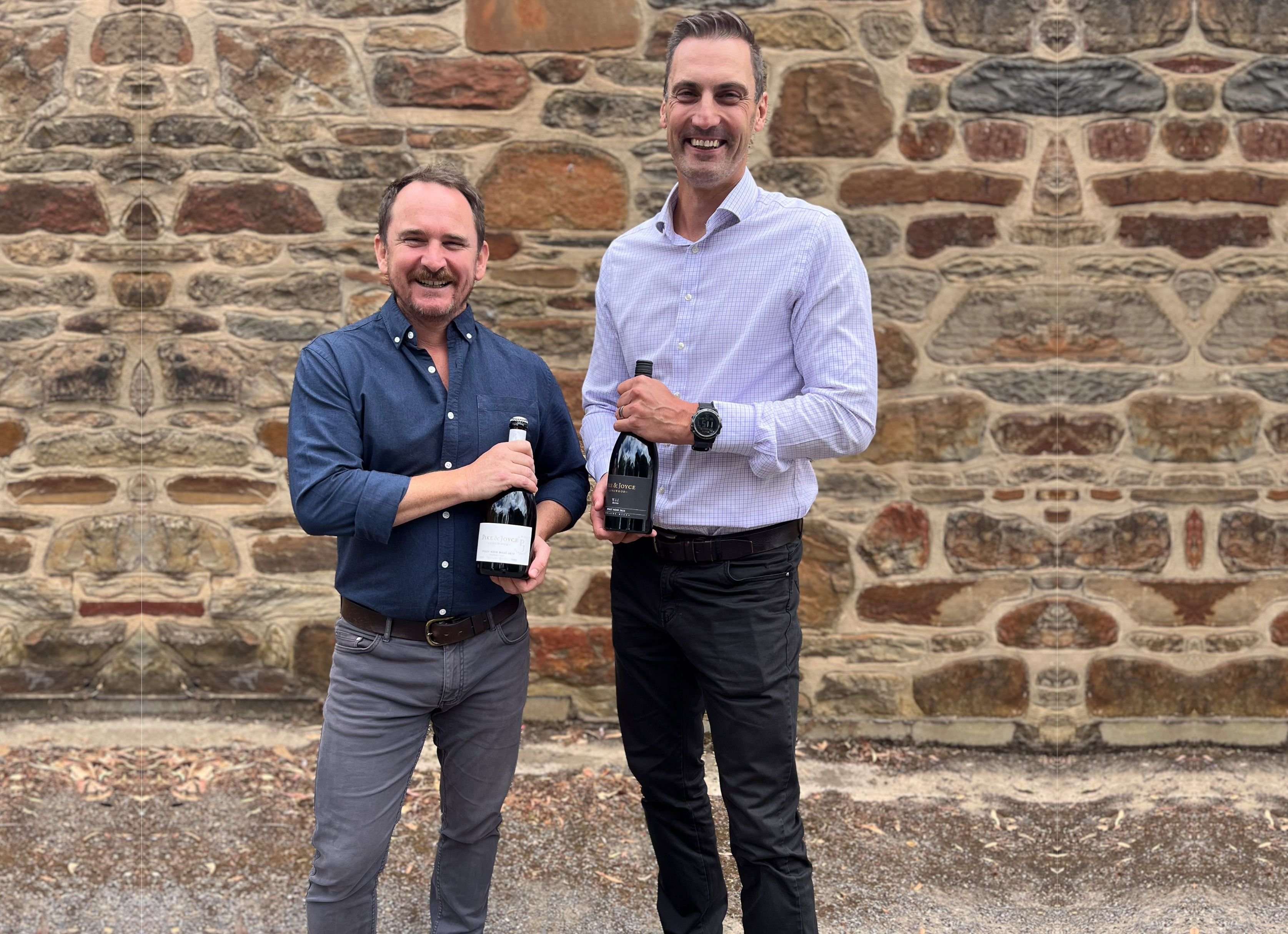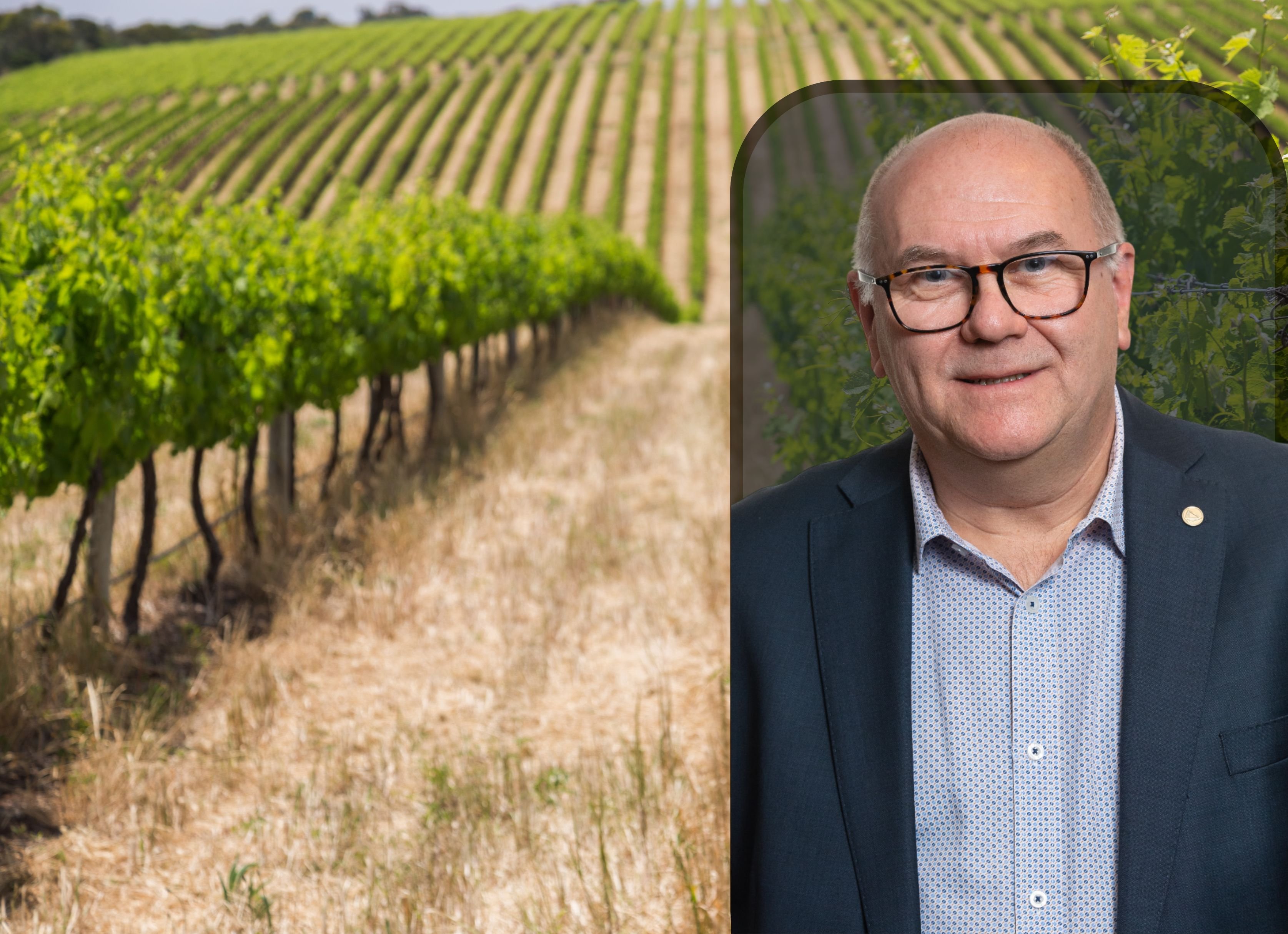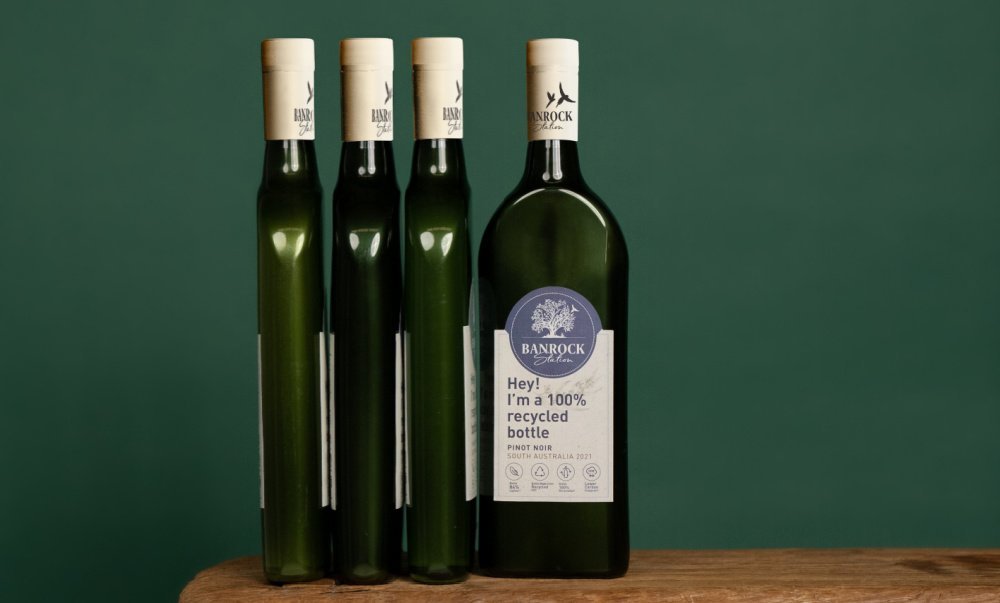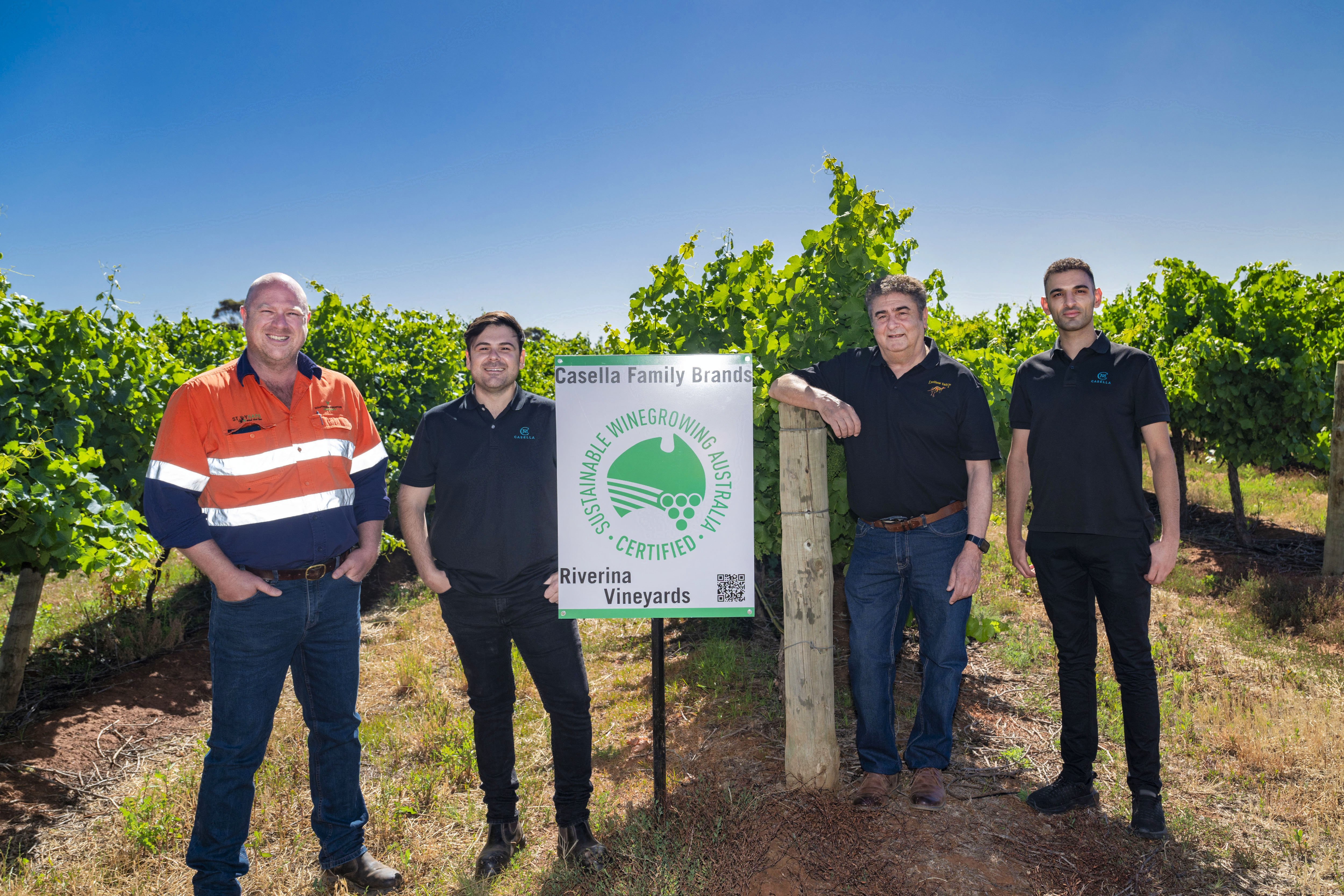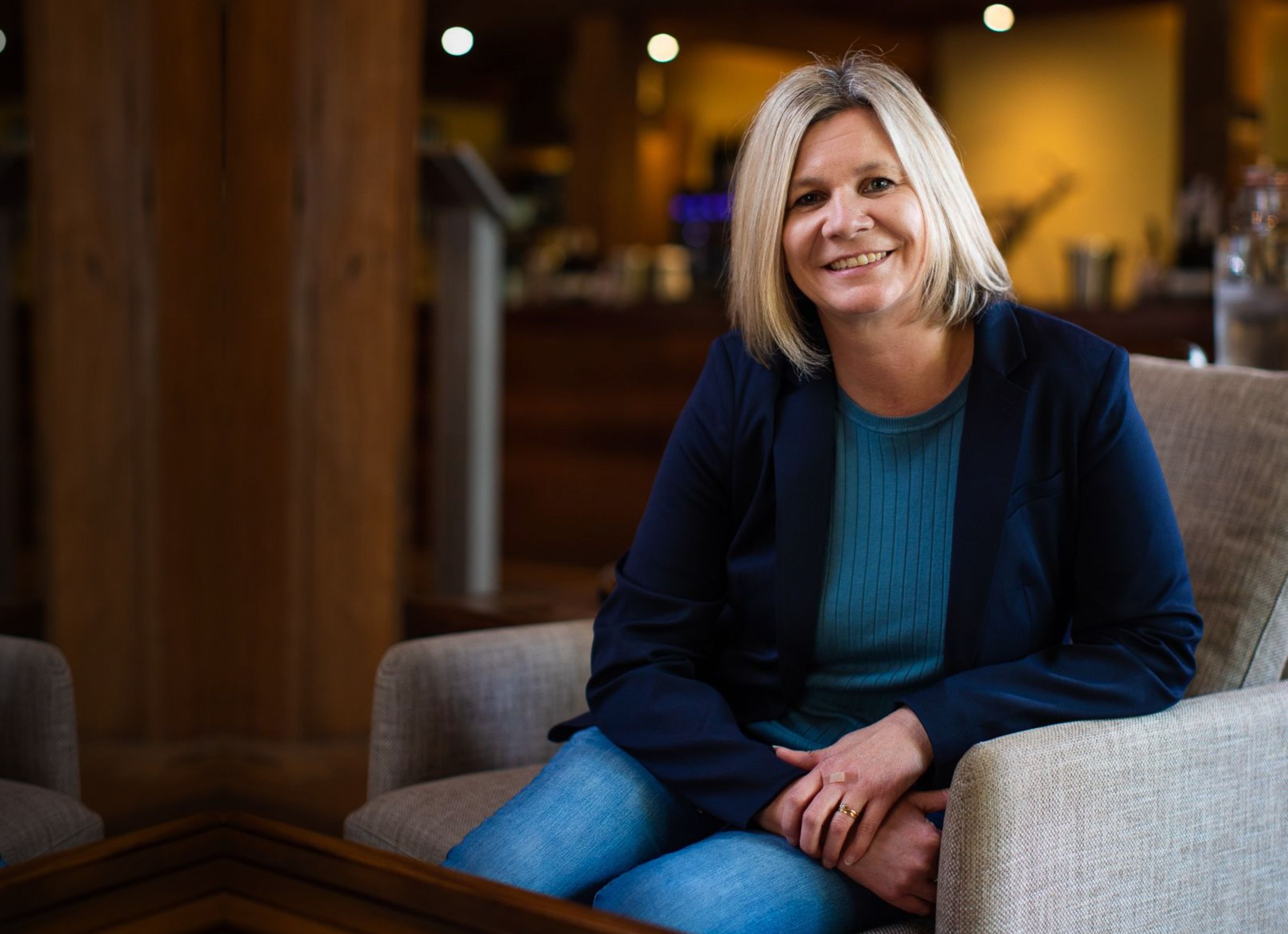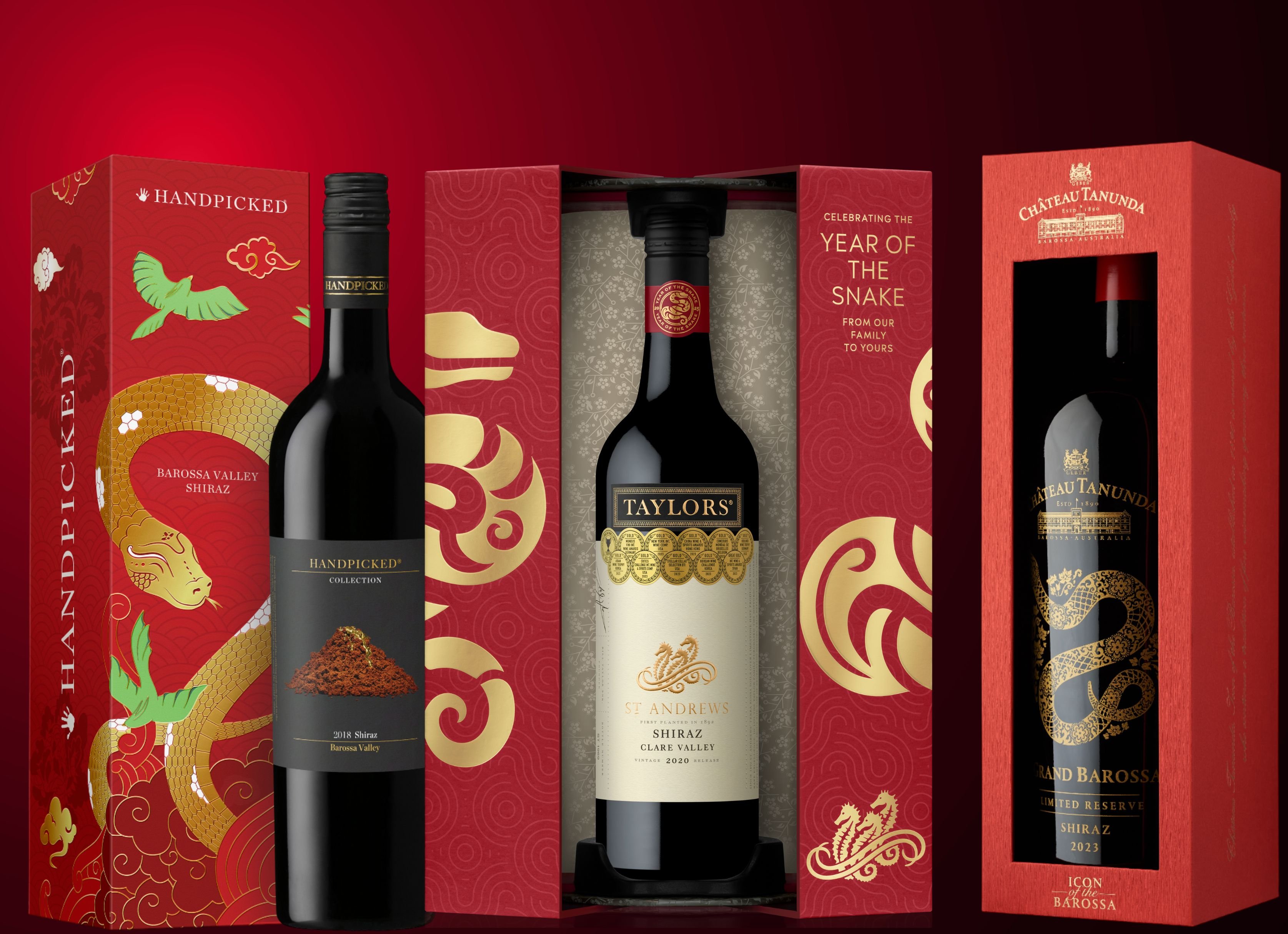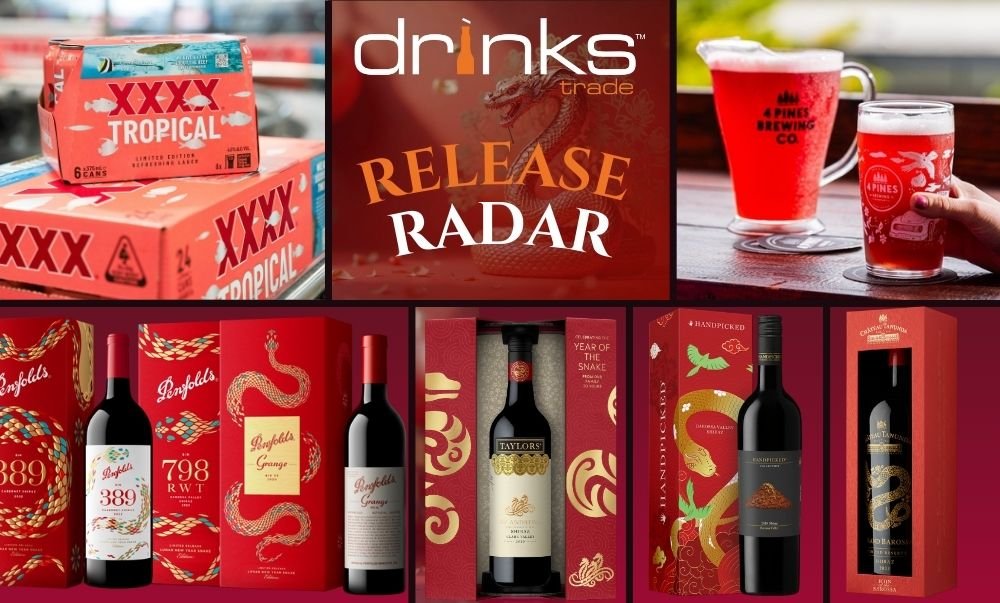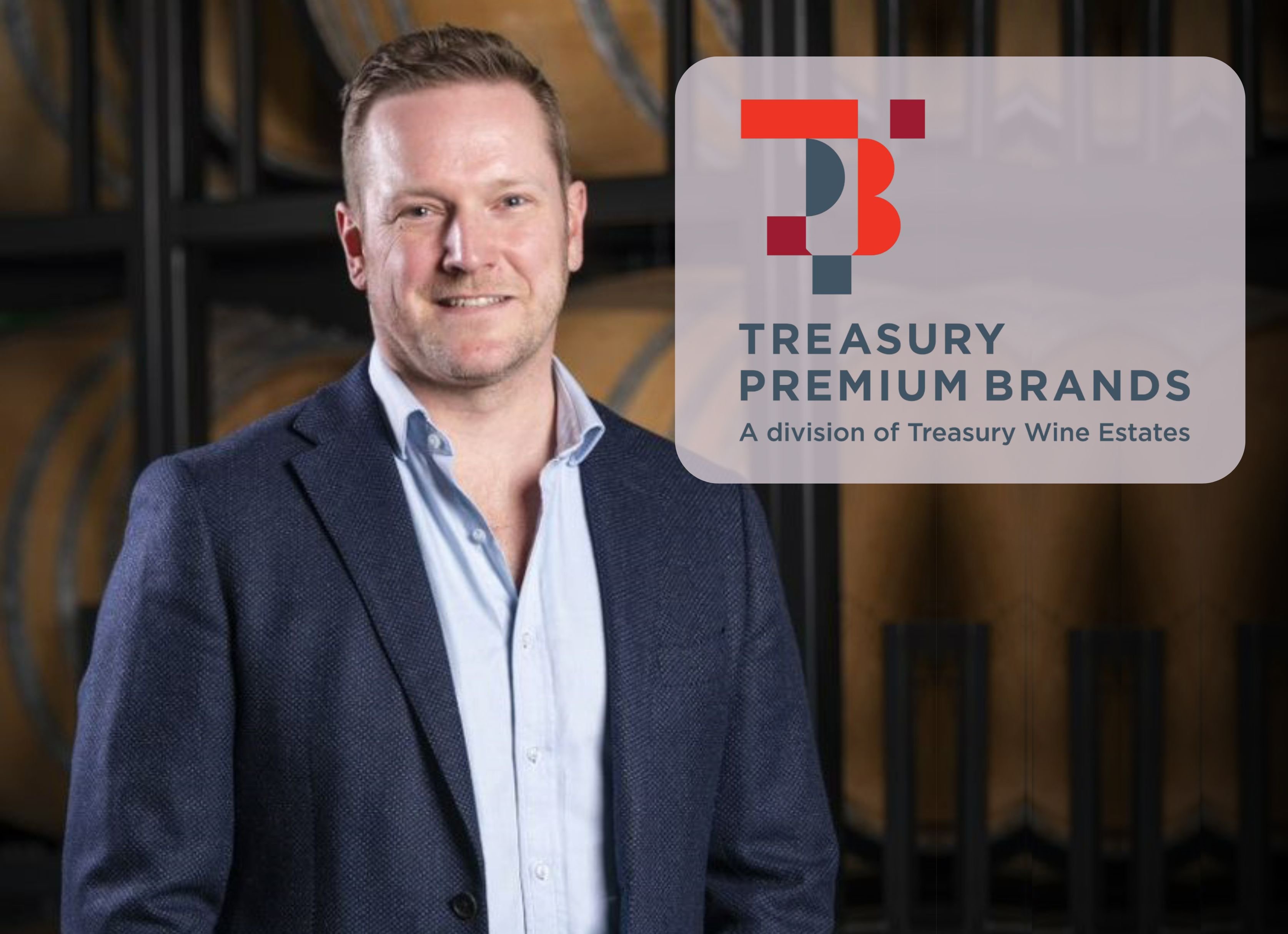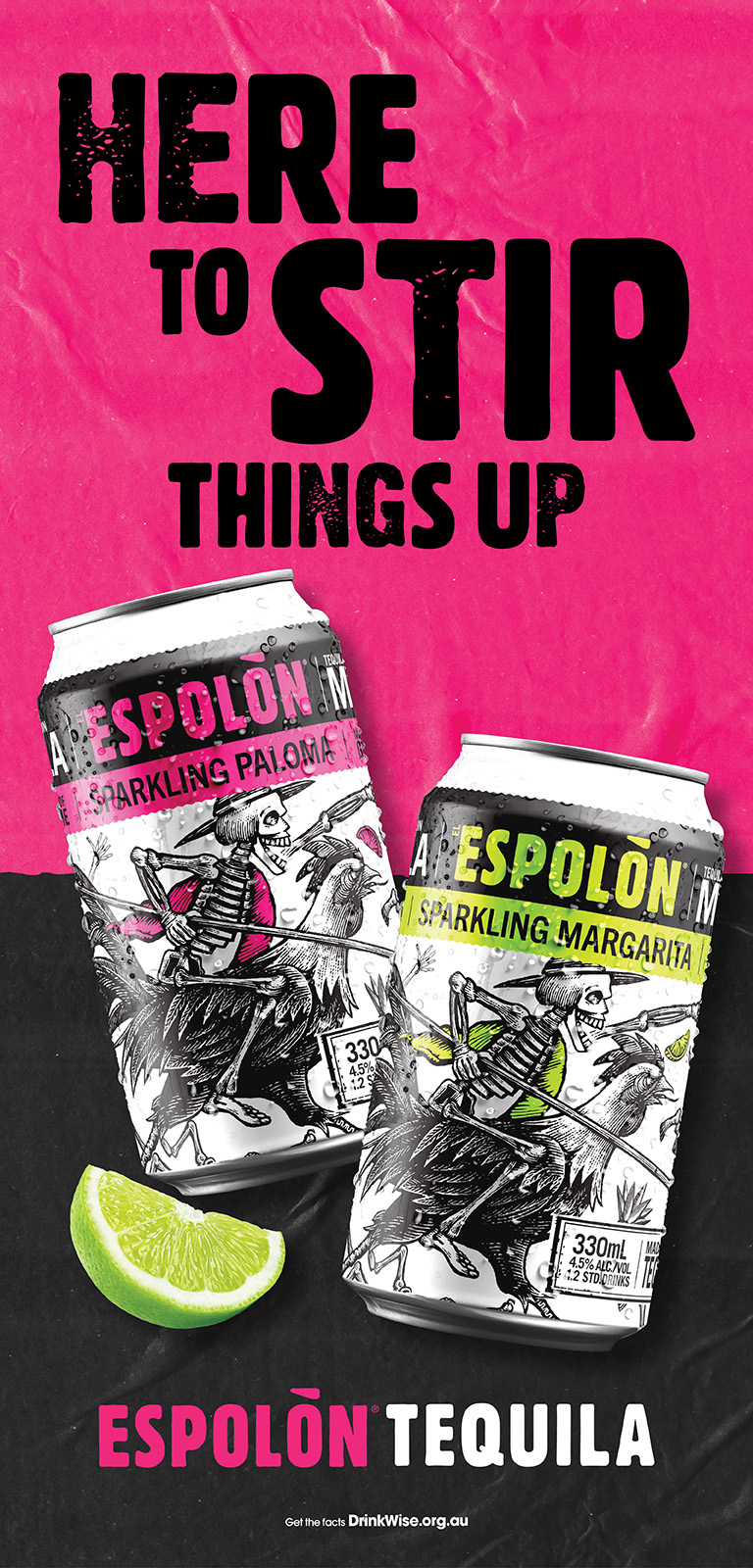On Wednesday, Drinks Trade attended this masterclass put on by the Champagne Bureau Australia in partnership with wine writer Huon Hooke. Included in the tasting were 16 wines divided into four brackets, each carefully chosen to re-educate wine industry professionals about the diversity of Champagne and to give insight as to how it should be sold.
John Noble, Director of the Champagne Bureau Australia, said, “there's a lot more quantitative data that we can use to point to exact trends with export; but with today's four brackets, really the basis of the structure was in qualitative data from talking to our market.
“The professionals that we target - so the people who are the coalface of wine service and wine sales - when you look at the influence they have on the consumer, they're the ones who can showcase these emerging ideas around champagne.”
Australia is currently the sixth biggest Champagne market globally, however current economic pressures have seen Champagne exports decline over the past two years. When asked what advice he’d give to trade, Noble says that building relationships with suppliers is key.
“A majority of people who drink Champagne in restaurants drink it by the glass, and there are a lot of decisions that get made in that choice that are not only the cost for the bottle but also other wines/spirits the company may sell,” he said.
“We've got a lot of the somms from Quay [here today], and their wine list for Champagne is like 12 pages long, but their Champagne list is a love letter to Charles Heidsieck, they’ve worked with that company for a long, long time. They sell all of the cuvées. They organise to get back vintages so that you can drink a wine from the 1990s… I think that is the key: if you're a business selling Champagne to consumers, find a really great supplier/importer/representative that you can have to develop a relationship and talk to those kinds of factors and coordinate those really special moments.”
Another growing opportunity for sales of Champagne in Australia is the magnum bottle format.
“Two or three years ago just before the pandemic, magnum sales in Australia spiked and almost doubled,” said Noble.
“We don't know why that happened, but it was just restaurants and this idea that Magnums make a better show, maybe better quality wine inside them, ages differently. It was a funny little thing that happened just in one year on its own. There's not tens of thousands of Magnums coming to Australia, but the number literally doubled.”
The four brackets included in the tasting - Blanc de Blancs, Blanc de Noirs, Unique Cuvées, and Vintage - were carefully chosen to re-educate an audience of sommeliers and wine industry professionals about the diversity and nuance of the Champagne region.
John Noble said, “the great thing about being able to do this kind of tasting is that we are talking to the people who communicate to the audience. The language that we use sometimes feels a bit top secret, it feels like a secret code… Brut, extra brut, the grape varieties, a lot of the language we use is heavily coded, and it is hard to understand if you're a consumer standing at the shelf wanting to have a bit of inspiration.”
The first bracket included Drappier Blanc de Blancs and Ayala Collection No.16 Blanc de Blancs 2016, both of which feature white grapes other than Chardonnay that form the total seven (potentially soon to be eight) varieties authorised for use in Champagne wine. Following this, Blanc de Noirs showcased both Pinot Noir, Pinot Meunier, and the influence of dosage.
“Blanc de Blancs: all sommeliers love it, but even wine importers talk about how they appreciate the taste and how it pairs well with food. Blanc to Noir is an emerging trend that the sommelier crowd really are grabbing onto at the moment because it's new, it's very different.”
The third bracket, Unique Cuvées, highlighted some strong Champagne options for consumers looking to further explore the category without having to spend significantly more. The four features wines were Duval Leroy Femme de Champagne, Henriot L’inattendue 2018, Philipponnat Cuvée 1522 2015, and Le Brun de Neuville Noirs & Blancs Autolyse 2008.
“Those four wines, every one of them was unusual in its taste/in its flavour profile; its action on the palate was different and more interesting potentially than a non-vintage Champagne,” said Noble.
“If a consumer is trying to understand what the next step is, talking to these people about these types of Champagne I think is really valuable… People know what Champagne tastes like (they ‘know’ that it tastes like brut non-vintage, it's 90% of our market [and] is what Champagne brands are about) but the consumer that wants to move from there to something else might only know a prestige cuvée or might only know a wine that is prohibitive because of its price and availability. If a consumer is trying to understand what the next step is, talking to these people about these types of Champagne I think is really valuable.”
According to John Noble, the vintage Champagne bracket is “always a tiny proportion” of the Australian market due to our tendency to drink younger wines.
“I think looking at vintage as a more magical kind of thing; a more emotional connection… it is a very unique flavour profile and it's a moment,” he said.
“Every year is different. Every year has different weather conditions, every year has different problems, frost, hail, all those different aspects where less Champagne is produced for a vintage year, so then the commodity becomes more expensive and it becomes harder to find and much rarer.”
//
Additionally, click here to explore activations taking place for International Champagne Day.
Share the content
